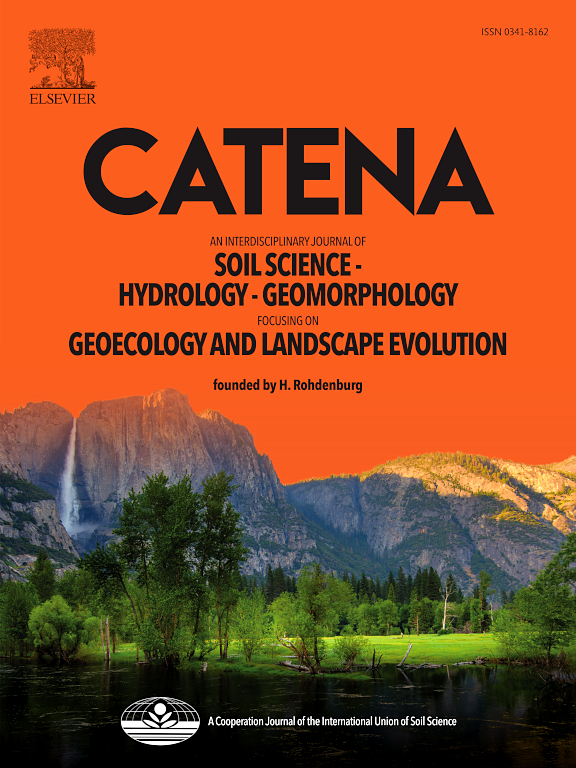Increasing the pH of tropical peat can enhance methane production and methanogenic growth under anoxic conditions
IF 5.4
1区 农林科学
Q1 GEOSCIENCES, MULTIDISCIPLINARY
引用次数: 0
Abstract
Methane (CH4), the second-most-potent greenhouse gas, is produced by methanogens under anaerobic conditions. Tropical peat swamp forests, which are widely distributed in Southeast Asia, have recently been subjected to large-scale deforestation and conversion to agricultural land. The pH of low-pH (acidic) tropical peat soils on agricultural lands is generally controlled to promote plant growth. Unintended waterlogged conditions in agricultural lands during the wet season can create an anaerobic environment in which methanogens are active. In this study, surface peat soil collected from a tropical peat swamp forest in Central Kalimantan, Indonesia, was examined to clarify the effect of increasing pH on CH4 production. Soil samples were prepared at varying pH (3.4, 4.7, 6.6, and 7.7) by adding calcium hydroxide and incubated under anoxic conditions. Soil remained under dark and cool conditions for years before incubation. CH4 production increased with incubation time at all pH levels. Overall, soils at higher pH showed significantly greater CH4 production compared with peat at pH 3.4 (control) at most measurement points during a 76-day incubation. Analysis of the phylogenetic composition of archaeal and bacterial communities in peat after a 76-day incubation showed that the relative abundance of Euryarchaeota (Methanobacteria + Methanomicrobia), organisms that produce CH4, increased from pH 3.4 (∼0%) to pH 4.7 (5.3 %), pH 6.6 (8.7 %), and pH 7.7 (8.7 %). This suggests that increasing the pH of tropical peat enhances CH4 production by increasing the proportion of methanogens. It should also be noted that the anaerobic microbe populations in tropical peat can survive and recover after long-term cold storage.

求助全文
约1分钟内获得全文
求助全文
来源期刊

Catena
环境科学-地球科学综合
CiteScore
10.50
自引率
9.70%
发文量
816
审稿时长
54 days
期刊介绍:
Catena publishes papers describing original field and laboratory investigations and reviews on geoecology and landscape evolution with emphasis on interdisciplinary aspects of soil science, hydrology and geomorphology. It aims to disseminate new knowledge and foster better understanding of the physical environment, of evolutionary sequences that have resulted in past and current landscapes, and of the natural processes that are likely to determine the fate of our terrestrial environment.
Papers within any one of the above topics are welcome provided they are of sufficiently wide interest and relevance.
 求助内容:
求助内容: 应助结果提醒方式:
应助结果提醒方式:


